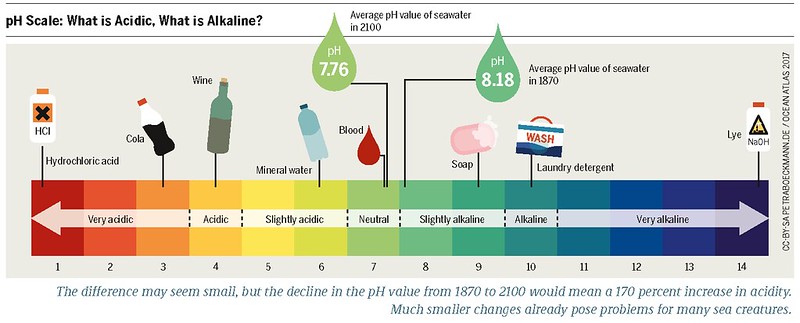The pH of ammonium acetate in water is a crucial factor to consider for various applications, including its use as a buffer in native electrospray ionization mass spectrometry (ESI-MS) and as a volatile salt in mobile phases for high-performance liquid chromatography (HPLC). Understanding the acid-base chemistry of ammonium acetate is essential for optimizing experimental conditions and ensuring accurate results.
Understanding the Acid-Base Chemistry of Ammonium Acetate
Ammonium acetate is a salt formed by the combination of a weak acid (acetic acid) and a weak base (ammonia). This unique composition gives ammonium acetate the ability to act as a buffer, but its buffering capacity is not evenly distributed across the pH scale.
Neutral pH and Buffering Capacity
At a concentration of 1M, ammonium acetate solution has a neutral pH of 7 due to the equal amounts of acetate and ammonium ions, which neutralize each other. However, ammonium acetate provides effective buffering around pH 4.75 (the pKa of acetic acid) and around pH 9.25 (the pKa of ammonium). This means that ammonium acetate is not an ideal buffer at pH 7, as its pKa values are not within ± 1 unit of the desired pH.
Acidic and Basic Ranges
Despite the limitations in the neutral pH range, the acid-base chemistry of ammonium acetate can be leveraged in specific applications. In native ESI-MS, substoichiometric acidification can convert a portion of the acetate to acetic acid, generating an acetate buffer that stabilizes the pH around 4.75 ± 1. Conversely, alkalinization of the ammonium acetate solution can deprotonate the ammonium ions, producing NH3 and creating a buffer around the pKa of ammonium (9.25).
Experimental Verification of Buffering Capacity
Titration experiments can provide valuable insights into the buffering capacity of ammonium acetate. Regions with poor buffering capacity are characterized by steep slopes in the titration profile, indicating that the addition of H+ or OH- significantly alters the pH. In contrast, buffered regions have shallow slopes, suggesting that the pH remains relatively stable despite the addition of these ions.
Comparing the titration profiles of ammonium acetate and other buffer systems, such as phosphate buffer, can further illustrate the limitations of ammonium acetate as a neutral pH buffer. Phosphate buffer, for example, exhibits excellent pH stabilization in the neutral range, while ammonium acetate does not provide the same level of buffering capacity around pH 7.
Practical Considerations
When using ammonium acetate as a buffer or a volatile salt in experiments, it is essential to be aware of its acid-base chemistry and the resulting pH range. While ammonium acetate may not be an ideal buffer at neutral pH, it can still exert a moderating effect on pH changes due to its inherent acid-base properties.
Practitioners should carefully consider the specific requirements of their experiments and choose the appropriate buffer system accordingly. In applications where the pH needs to be stabilized around 4.75 ± 1 or 9.25 ± 1, ammonium acetate can be a suitable choice. However, for experiments requiring a more robust neutral pH buffer, alternative options, such as phosphate buffer, may be more appropriate.
Conclusion
The pH of ammonium acetate in water is a complex topic that involves understanding the compound’s acid-base chemistry. While ammonium acetate is not an ideal buffer at neutral pH, it can effectively stabilize the pH in the acidic and basic ranges around its pKa values. Experimental verification, such as titration profiles, can help researchers and practitioners better understand the buffering capacity of ammonium acetate and make informed decisions when using it in their experiments.
References:
- PubMed – Ammonium Acetate as Neutral pH “Buffer” for Native Electrospray Ionization Mass Spectrometry
- Chemistry Stack Exchange – pH of ammonium acetate solution
- Waters – What is the buffering pH range of ammonium acetate?
- Springer Link – Addressing a Common Misconception: Ammonium Acetate as Neutral pH Buffer in Electrospray Ionization Mass Spectrometry
- Wikipedia – Ammonium Acetate
- BYJU’S – The pH of ammonium acetate can be calculated by using the expression.

